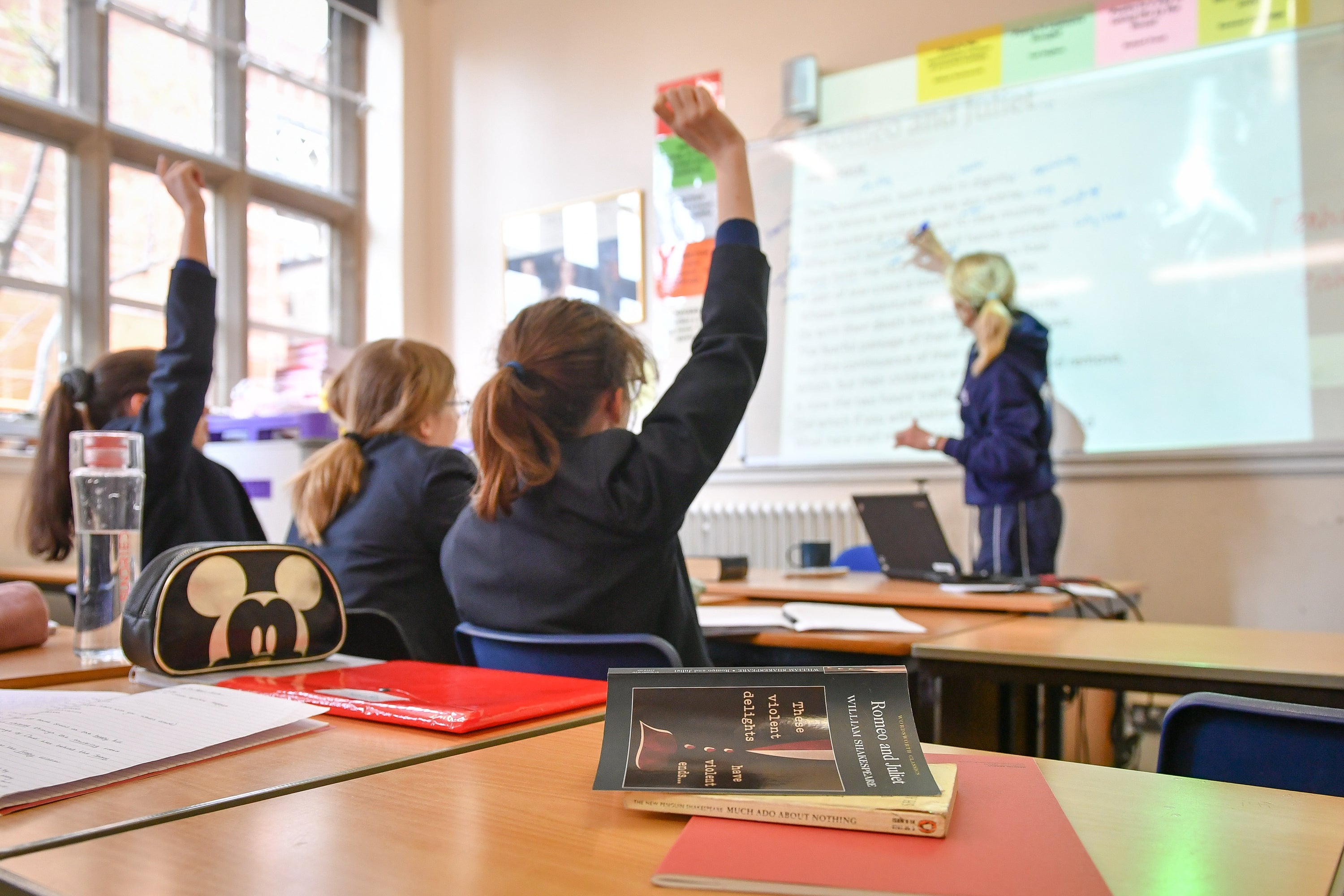Boost in number of pupils getting first choice school on National Offer Day
Twenty out of 30 councils see a rise in proportion of pupils getting their first choice of secondary school.

There are signs that more children are gaining places at their first choice of secondary school in a number of areas of England, a survey suggests.
Hundreds of thousands of families across England are finding out which secondary school their child will be joining this autumn, on what is commonly known as National Offer Day.
Early indications from a PA news agency survey of local authorities suggest that a youngster’s chances of winning a place at their preferred school has improved since last year.
The survey sent to councils across England excluding London suggests that a number of local authorities have seen a boost in the proportion of children receiving their first preference compared to last year.
Early figures, from 30 councils which provided comparable data, show that 20 have seen a rise in the proportion of pupils getting their first preference since 2021, while 10 have seen a fall.
Among the areas where high proportions of pupils have obtained their first preference are Dorset, where 97.7% got their top choice, and Wiltshire where 95.4% also were offered their first selection.
In comparison, in Wokingham, 76.3% of pupils got their first choice.
Paul Whiteman, general secretary of school leaders’ union NAHT, said: “This can be an anxious time for families.
“Choosing the right school and securing a place there is a huge moment in a child’s life, and not everyone will get their first choice today. There is a population bulge that is currently hitting secondary schools, which means places are even more under pressure, especially in certain areas of the country.”
Until the government creates a national strategy to guarantee there are enough school places for every child in England, the annual anxious wait for families will continue
He added: “The problem is that in an increasingly fragmented school system we lack a co-ordinated approach to place planning.
“Local authorities are responsible for ensuring sufficient school places, but the powers and resources necessary for them to do so have been removed. Instead, planning is haphazard; decisions are being made in isolation and new schools and new school places are not always being commissioned in the areas they are most needed.
“Until the government creates a national strategy to guarantee there are enough school places for every child in England, the annual anxious wait for families will continue.”
A Department for Education spokesperson said: “We know secondary school offer day is an exciting day for families, and the vast majority of pupils will be offered a place at one of their preferred schools. Last year, 93.4 per cent of pupils received offers from one of their top three choices of secondary school.
“Delivering good quality school places in all corners of the country is a top priority for this government, and pupils are much more likely to be receiving a place at a good school than they were over a decade ago – with 86% of schools rated good or outstanding now compared to 68% in 2010.”
Bookmark popover
Removed from bookmarks